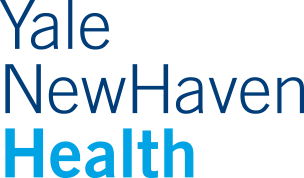For example, on January 24, 2019, the news organization Vox published an article titled, “A $20,243 bike crash: Zuckerberg hospital’s aggressive tactics leave patients with big bills.” The San Francisco hospital has held a venerable and trusted position in the community as it serves the city’s most vulnerable patients. However, the illumination of these balance billing practices rapidly changed how many people in the community viewed the hospital. This example is just one in a string of recent prominent articles that focus on large patient bills, nonsensical billing practices, and, more generally, on healthcare’s lack of attention to patient affordability. The net result is an eroding public trust in the healthcare profession, an effect that extends not just to health systems and institutions, but physicians and health care professionals as well.
In 2016, 34% of adults (63 million) reported having a problem accessing care due to cost-related concerns. Patients with high medical cost burdens have greater odds of lacking trust in their physician to put their needs above all else and to avoid performing unnecessary tests. These patients also had more negative assessments of the thoroughness of care they receive from their physicians. In return, this lack of physician trust is crucial to patient willingness to seek care, adhere to treatment recommendations, achieve positive health outcomes, and use recommended preventive services.
In addition, stories about price gouging, denials of coverage and excessive profit cast doubt over trust among other members of the healthcare system. Frontline clinicians and executive leaders may lose trust when they are asked to see more patients and to cut costs without messaging around preserving quality or patient experience and if savings will be directed back to patients. Healthcare executives also can lose trust when they are incentivized to cut costs by payers that may not consider their unique patient populations.
In light of these risks of patient and public mistrust, we developed this framework for care teams to improve patient affordability and trust in their efforts to improve the delivery of personal, high quality care with patients.




